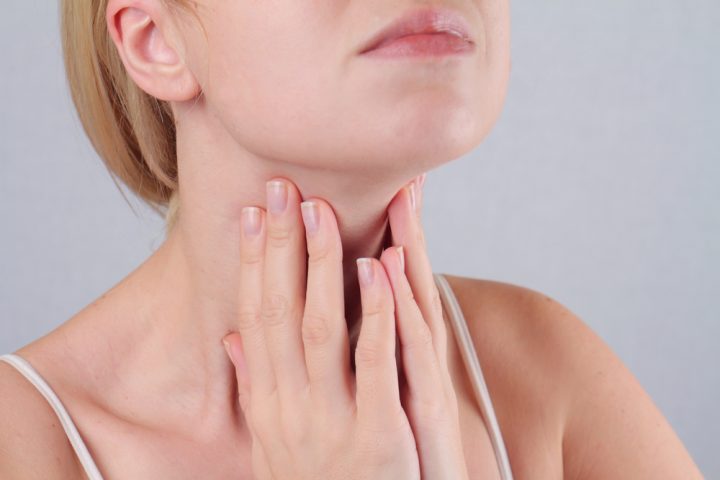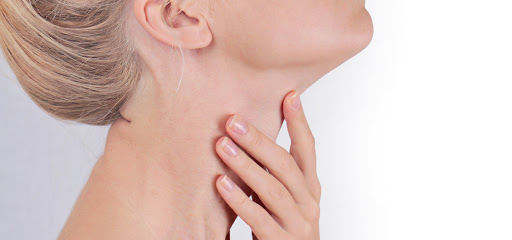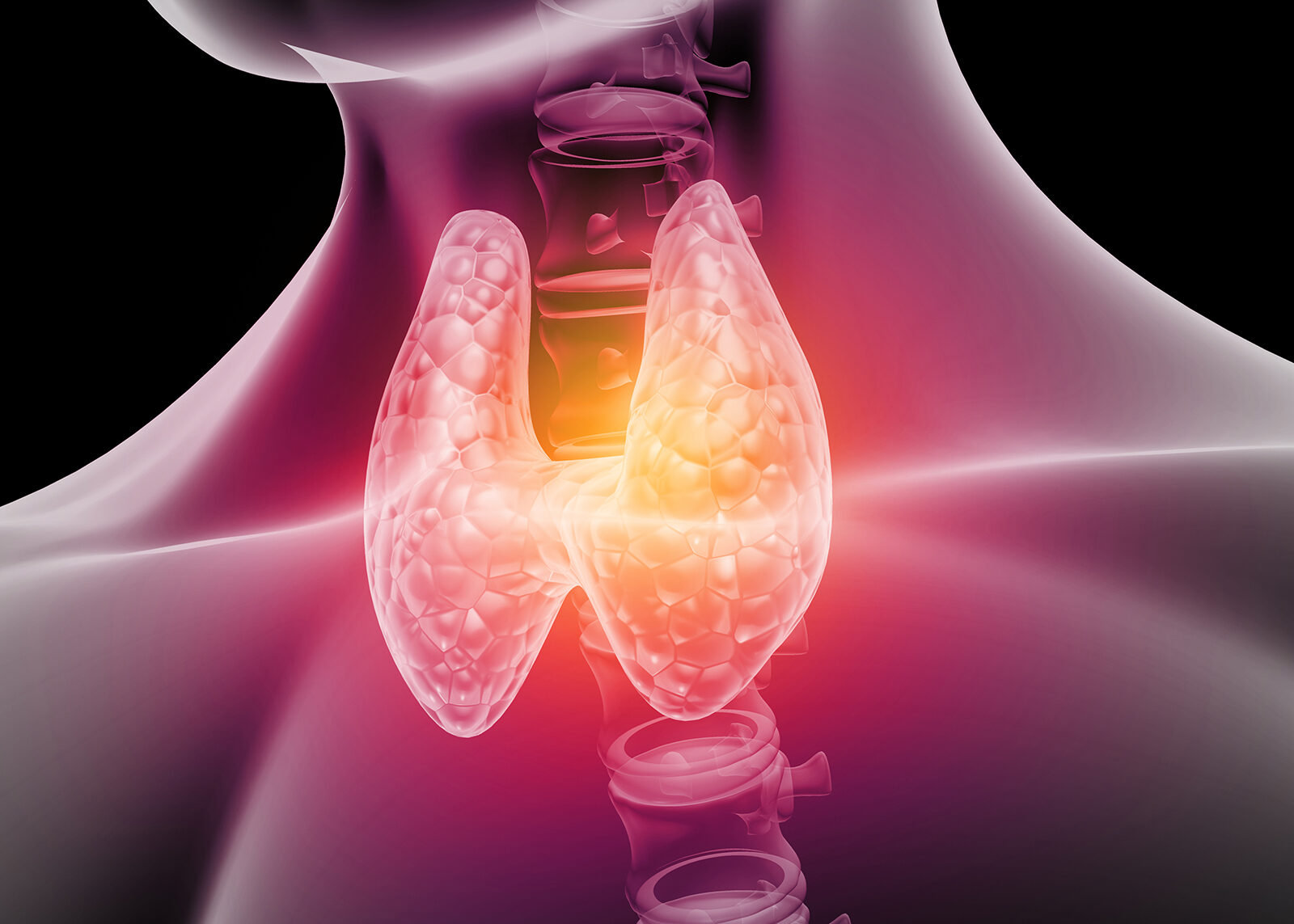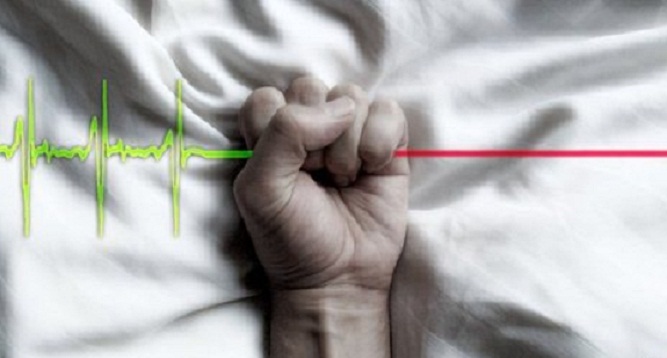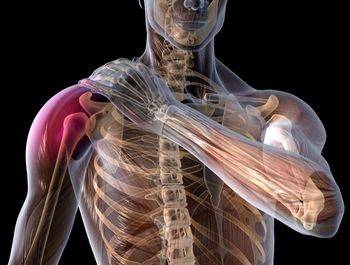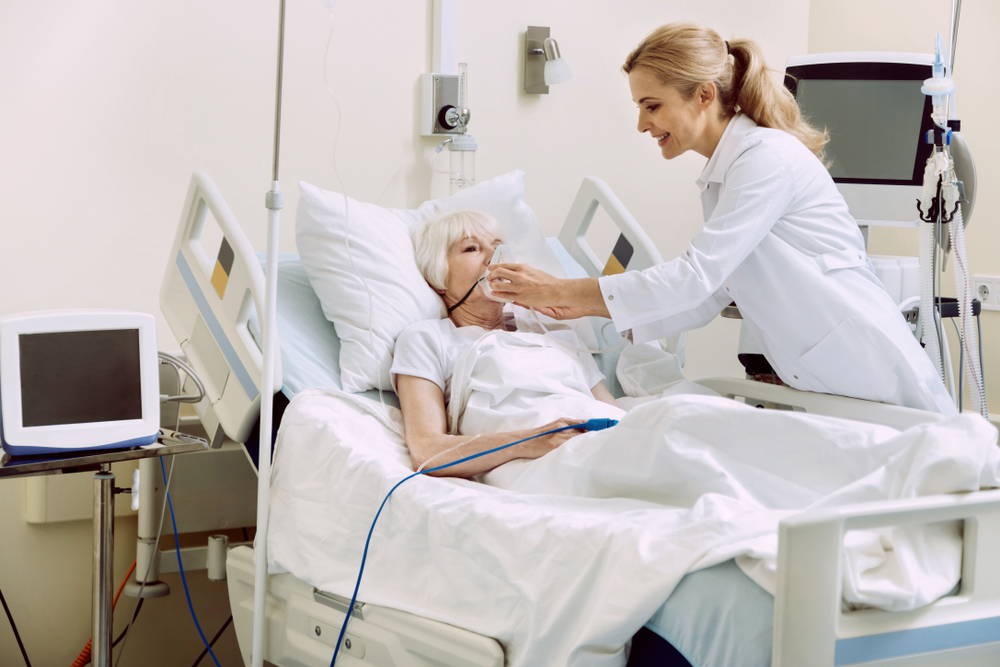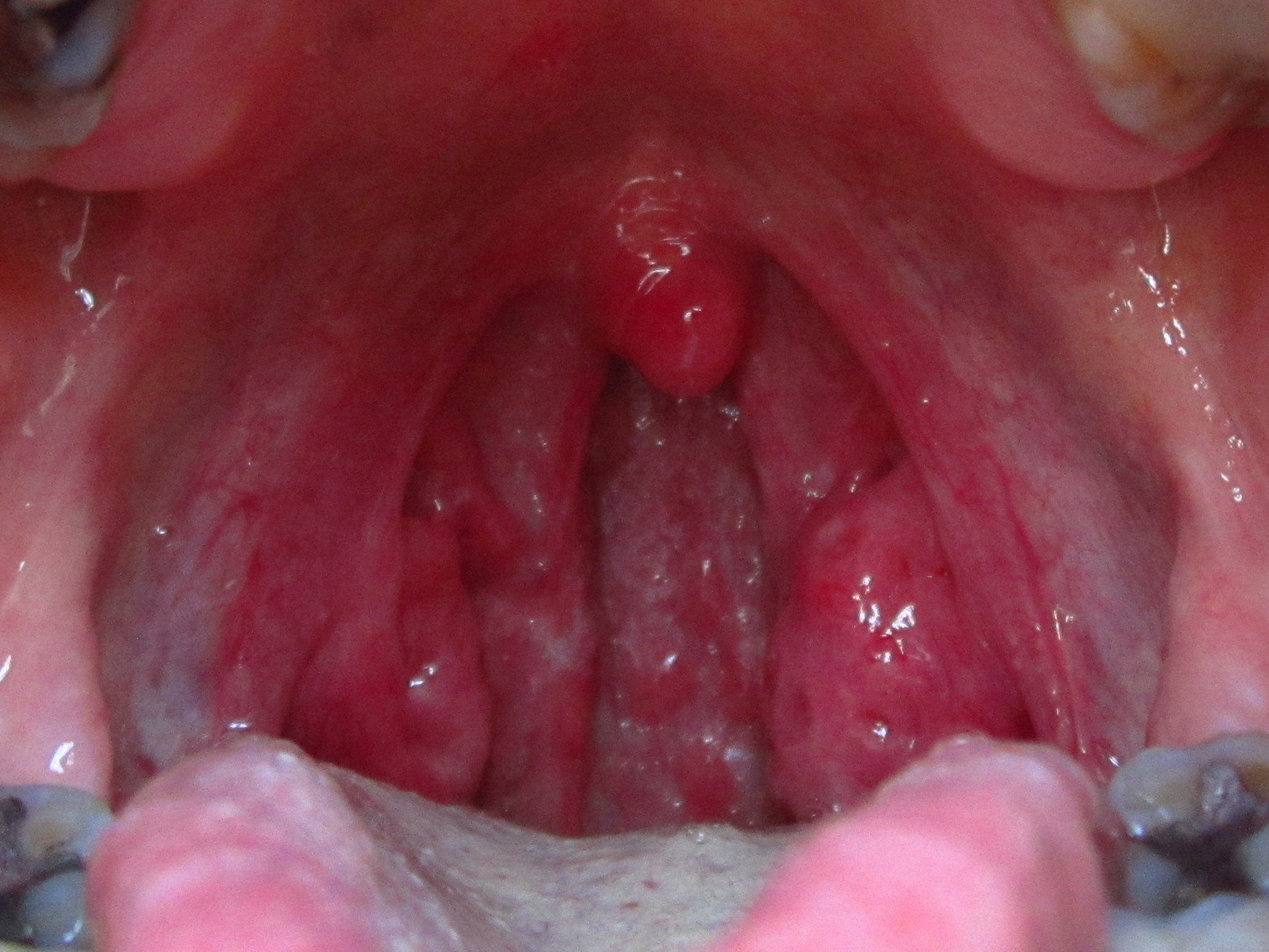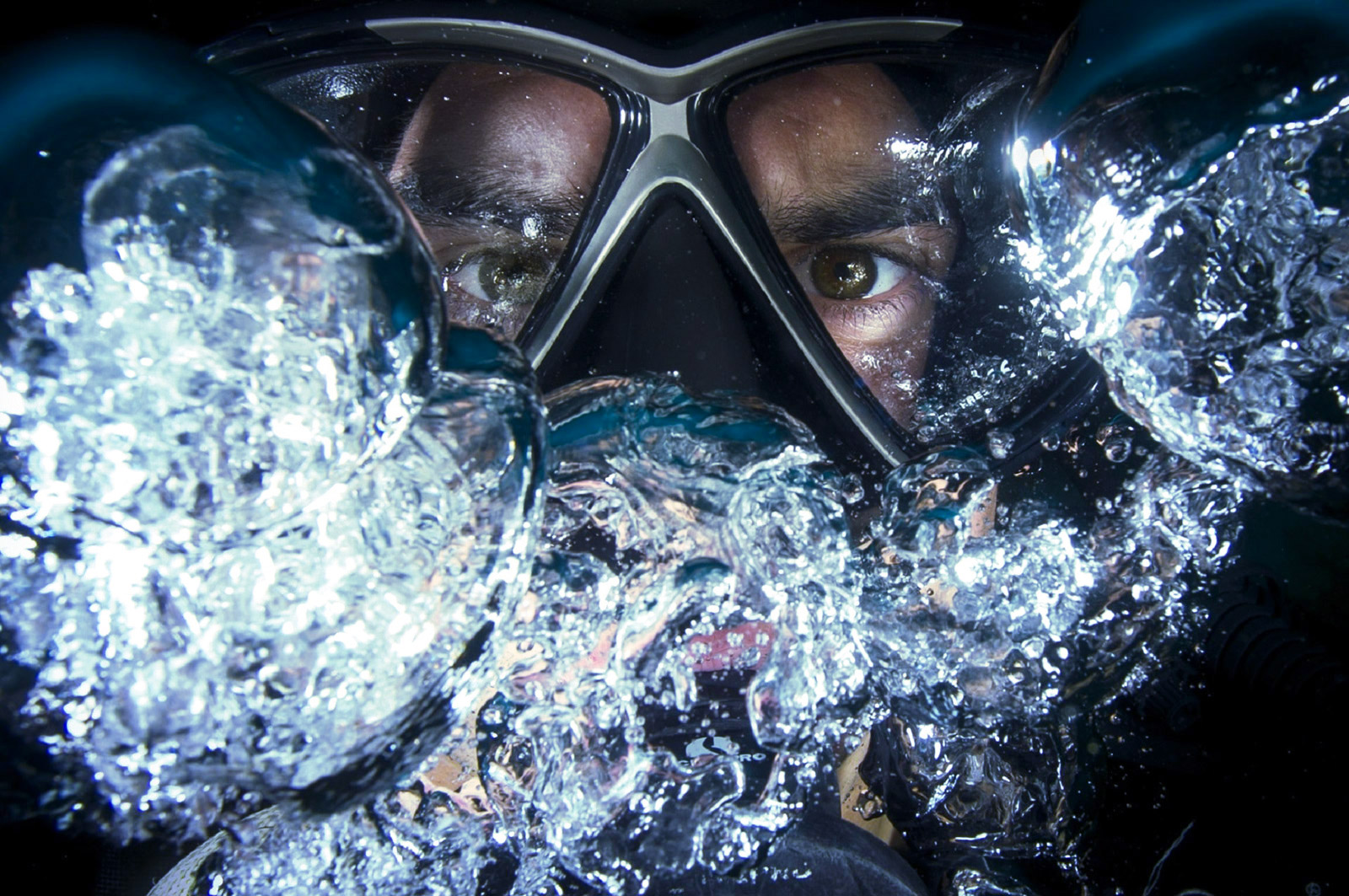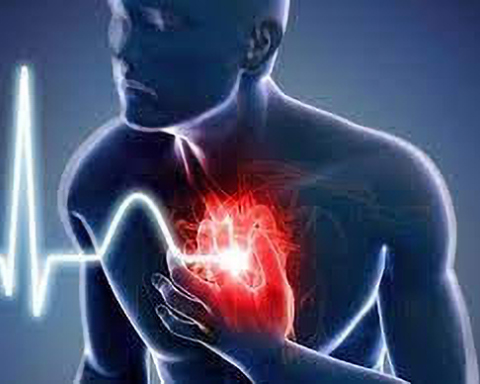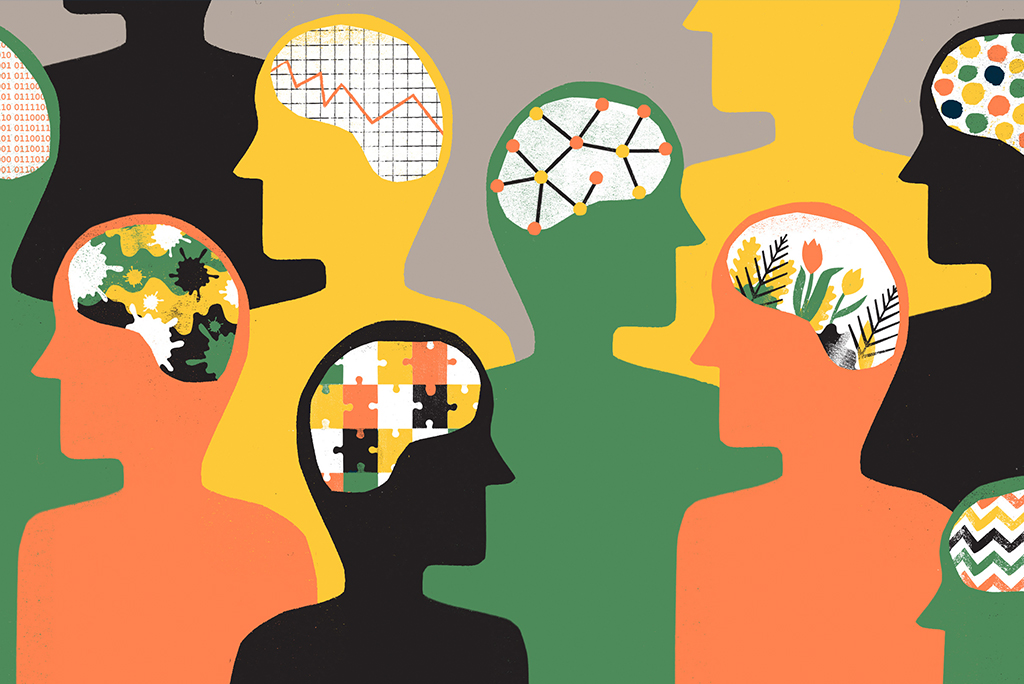“Prevention is better than cure” is the first golden rule of medicine. The second is “diagnose early to treat better.” Both apply regardless of clinical area, but they become particularly important in oncology, especially in the case of various types of cancer that, if caught early, can be completely eliminated and for those of more critical management that, detected in the bud, can be treated more effectively. Thyroid cancers are among them.
Let’s say right away that the thyroid cancers proper (i.e., differentiated thyroid carcinomas) are neoplasms fairly rare, corresponding to about 5 percent of all thyroid nodules, which, on the other hand, are very common, being able to be found in almost 50 percent of the population, but are often harmless or otherwise easy to manage.
According to the most recent report of the Italian Association of Cancer Registry (AIRTUM), there were more than 15,000 new diagnoses of thyroid cancer in 2017, and this number is expected to increase significantly by 2020, especially among women (more affected by thyroid disease in general than men).
This increase in the number of diagnoses should not be too alarming, as it is mainly related to an increased propensity for screening investigations (in particular, thyroid ultrasound) and not associated with increased mortality. From thyroid cancers, in fact, they are cured in more than 3 out of 4 cases, especially if they are promptly acted upon properly (usually with complete removal of the gland, followed by initiation of thyroid hormone replacement therapy).
To optimize the recognition, characterization, and management of differentiated thyroid carcinomas, Italy’s leading thyroid specialist associations have developed shared guidelines that will allow all patients to be cared for based on the best available scientific evidence. Which means, in essence, ensuring maximum chances of healing and survival for all, even more than is already being done today.
The new diagnostic-therapeutic guidelines will also help to better understand which nodules should be considered suspicious/dangerous and, therefore, monitored more assiduously or immediately treated and which, instead, can be followed up with more “relaxed” periodic ultrasound checks, for example, once every 1-2 years. This will avoid subjecting nodules to strenuous treatment that will most likely never give serious health problems.
The2018 Italian Guidelines for Nodular Pathology and Differentiated Thyroid Carcinoma.” have been jointly drafted by the Italian Thyroid Association (AIT), the Association of Medical Endocrinologists (AME), the Italian Society of Endocrinology (SIE), the Italian Association of Nuclear Physicians (AIMN), the Italian Unitary Society of Endocrine Surgery (SIUEC) and the Society of Anatomic Pathology and Cytological Diagnostics (SIAPEC) and will be officially presented in Rome on Oct. 28-29, at the 6th Thyroid UpToDate – Guidelines and clinical practice.
FontI
6th Thyroid UpToDate – Guidelines and Clinical Practice (http://www.nordestcongressi.it/site/event/6-thyroid-uptodate-2018)
Pacini F et al. Italian consensus on diagnosis and treatment of differentiated thyroid cancer: joint statements of six Italian societies. Journal of Endocrinological Investigation 2018; https://doi.org/10.1007/s40618-018-0884-2





